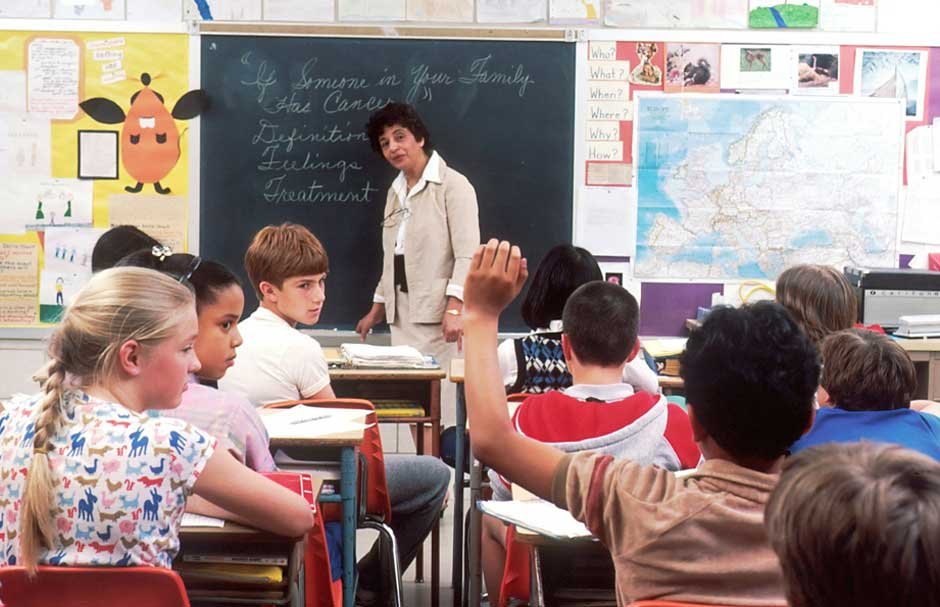Inclusive education is an approach that seeks to ensure all students, regardless of their abilities or backgrounds, have equal access to learning opportunities. It involves creating a learning environment where students of all capabilities can thrive and participate fully. Inclusive education is vital in today’s diverse educational landscape as it promotes equality and respects the unique needs of each learner. This approach not only benefits students with special educational needs but also enriches the learning experience for all students by fostering a more diverse and empathetic classroom culture.
The advantages of inclusive education extend beyond academic achievements. It helps in developing social skills, reducing stigma, and preparing students for life in a diverse society. Implementing inclusive education requires strategic planning and a commitment to adapting teaching methods and curricula to accommodate all learners.
This article will discuss six key strategies for supporting diverse learners:
1.Professional Development and Advanced Learning
Learning specific strategies to support diverse learners is crucial for educators. Teachers need to be equipped with the right tools and techniques to address the varied needs of their students. Ongoing professional development is essential in keeping teachers updated on the latest educational strategies and interventions. These training sessions can provide practical insights into handling different learning styles, behavioral challenges, and specific educational needs, enabling teachers to create a more inclusive classroom environment.
Advanced degrees can play a significant role in supporting inclusive education. Pursuing higher education, such as a Master of Science in Education (MSEd), allows educators to deepen their knowledge and skills in specialized areas of education. This advanced learning prepares them to implement inclusive practices more effectively. Now, you’re most likely wondering: what is an MSEd, and how can it prove beneficial for inclusive education? This degree provides comprehensive training in educational theories, research methods, and practical applications. An MSEd program often includes courses on special education, curriculum development, and educational leadership, equipping teachers with the expertise needed to support diverse learners.
2.Differentiated Instruction
Differentiated instruction is a teaching approach that involves tailoring instructional methods to meet the diverse needs of students. This strategy recognizes that students have varied backgrounds, learning styles, and abilities, and it aims to provide each student with a pathway to success. By adapting teaching methods, such as varying the pace of lessons, providing different types of content, or using a variety of instructional materials, teachers can address the individual needs of their students more effectively.
Creating a flexible curriculum is a key component of differentiated instruction. A flexible curriculum allows teachers to adjust their teaching strategies and materials to accommodate different learning preferences and abilities. This can include using visual aids for visual learners, interactive activities for kinesthetic learners, and discussions or reading materials for auditory learners. A flexible curriculum also supports the inclusion of diverse cultural perspectives, ensuring that all students see themselves reflected in their learning. This approach not only improves academic outcomes but also fosters a more inclusive and engaging learning environment for all students.
3.Collaborative Learning
Collaborative learning is an educational approach that encourages students to work together in groups to achieve common goals. This method promotes peer interaction and helps students develop social and communication skills. Collaborative learning can be particularly beneficial for diverse learners, as it allows them to learn from their peers, share different perspectives, and develop a sense of belonging. Group activities, peer tutoring, and cooperative projects are examples of how collaborative learning can be implemented in the classroom.
Building a supportive classroom environment is essential for the success of collaborative learning. Teachers play a crucial role in creating an atmosphere where all students feel valued and included. It involves setting clear expectations for respectful behavior, facilitating positive interactions, and providing opportunities for students to work together in diverse groups. When students feel supported and respected, they are more likely to engage actively in collaborative activities and contribute to the learning process. A supportive classroom environment not only enhances academic achievement but also helps in building a strong, inclusive community where all students can thrive.
4.Use of Assistive Technology
Implementing assistive technology in the classroom is another crucial strategy for supporting diverse learners. Assistive technology includes any device, software, or equipment that helps students with disabilities to participate fully in the educational process. Examples include screen readers for visually impaired students, speech-to-text software for those with writing difficulties, and communication devices for students with speech or language impairments. These tools can help bridge the gap between students with different abilities, allowing them to access the curriculum and engage in learning activities alongside their peers.
Training is essential to ensure the effective use of assistive technology. Both teachers and students need to be proficient in using these tools to maximize their benefits. Schools should provide ongoing training and resources to help teachers integrate assistive technology into their teaching practices. Additionally, providing technical support and troubleshooting assistance can help address any issues that arise, ensuring that the technology is used consistently and effectively. With proper implementation and support, assistive technology can significantly enhance the learning experience for students with disabilities.
5.Culturally Responsive Teaching
Culturally responsive teaching is an approach that acknowledges and respects the diverse cultural backgrounds of students. This strategy involves incorporating students’ cultural references into all aspects of learning, creating a more inclusive and engaging educational experience. Understanding students’ cultural backgrounds helps teachers build stronger relationships and create a classroom environment that respects and values diversity. This approach can help students feel more connected to their learning and improve their academic performance.
Promoting cultural awareness and sensitivity among students is another important aspect of culturally responsive teaching. Educators can introduce activities and discussions that celebrate cultural diversity and encourage students to share their own cultural experiences. These activities can include multicultural literature, projects that explore different cultural traditions, and classroom discussions about global issues.
6.Individualized Education Plans (IEPs)
Developing effective Individualized Education Plans (IEPs) is a key strategy for supporting students with special educational needs. IEPs are customized plans designed to meet the unique needs of each student with a disability. These plans outline specific goals, accommodations, and services that the student will receive to help them succeed in school. The process of developing an IEP involves collaboration between teachers, parents, and specialists to ensure that the plan addresses all aspects of the student’s learning and development.
Collaboration with families and specialists is crucial for the success of IEPs. Regular communication with parents helps to keep them informed about their child’s progress and any changes to the IEP. Working closely with specialists, such as speech therapists, occupational therapists, and special education teachers, ensures that the student receives comprehensive support. This team-based approach helps to create a well-rounded plan that addresses the student’s academic, social, and emotional needs.
Conclusion
Inclusive education is essential for ensuring that all students, regardless of their abilities or backgrounds, have the opportunity to succeed. These approaches help create a more inclusive and equitable educational environment where every student feels valued and supported. Educators must continue to seek out and apply these strategies to foster a learning environment that promotes the success and well-being of all students.







